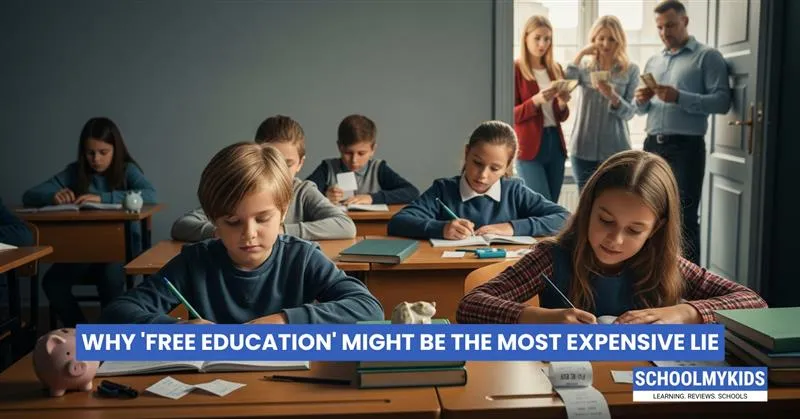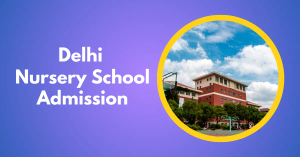Education in India has long been seen as a ticket to a better life. The government promotes "free education" at many levels, especially in public schools. But for students and parents navigating this vast system, the reality often feels very different. Despite the promise of free education, families encounter a range of hidden costs and pressures, making free education potentially the most expensive lie.
The Indian Education Landscape and Expenses
India spends a significant amount on education, though it still falls short of national goals. The Union Budget 2025-26 allocated ₹1.28 trillion to education, a 6.5% increase over the previous year, but this accounts for only about 4.6% of GDP, below the 6% recommended in the National Education Policy (NEP) 2020.
Government schools are often called free or low-cost, especially in rural areas where per-student expenditure is about ₹2,639. Urban government schools cost more, around ₹4,128 per student. However, these are only the official schooling costs. Many families today pay various fees, buy uniforms, supplies, and book extra tuition, adding up over time.
Private schools, which many parents prefer, are much more expensive. Annual fees in top-tier private schools in metros range between ₹1.5 to 3 lakh, without including transport, meals, and extracurriculars. Higher education costs in private colleges can skyrocket from ₹10 lakh to ₹60 lakh, depending on the course.
The Competitive Exam Landscape
One major factor driving these costs is India's intense competition for limited seats in higher education and government jobs. There are about 300 entrance exams and 50 government job exams held every year. Students across the country compete fiercely for opportunities in engineering, medicine, management, and civil services.
These competitive exams require extensive preparation. They test not just rote learning but analytical thinking and problem-solving skills, demanding significant time and resources. As competition grows with India's huge youth population, the pressure and stakes only rise.
Coaching Centres: A Booming Market
The need to succeed in competitive exams has created a booming coaching industry. India had around 68,181 coaching centers in 2025, a number growing yearly. This sector, valued at USD 6.5 billion in 2024, is expected to grow to USD 17.4 billion by 2033, a compound annual growth rate of 10.4%.
Parents invest heavily to enroll their children in coaching classes, believing it is essential for exam success. This coaching is not free; it costs thousands to lakhs of rupees annually, depending on the center and course. Many families stretch financially to afford this, often at the cost of other essentials.
Why 'Free Education' Can Be an Expensive Lie
The concept of free education in India mostly applies to tuition fees in government schools, but parents soon realize there are many hidden costs. Even so-called free government schools have growing nominal fees, yearly costs on books, uniforms, transport, and extracurriculars have increased. Plus, the quality of teaching and infrastructure often pushes parents to prefer private schools or tutoring.
The fierce competition for seats in higher education or jobs creates pressure to spend beyond just school fees. Nearly 27% of students use private coaching to supplement school education, indicating gaps in the regular system. This coaching is a major expense and sometimes necessary to keep up.
Moreover, the costs rise with each education level. For example, coaching fees for high school and college entrance exams are far higher than for lower grades, making education increasingly costly as students progress. This system places a heavy financial burden on families, especially those from lower-income backgrounds.
Social and Economic Impact
The result is a paradox: while education is officially free or affordable, families often end up paying significant sums, sometimes incurring debt. This situation deepens educational inequality; those who can afford coaching and private tuition have a much better chance at success.
The stress on students and families is immense. Many parents sacrifice heavily, and students face immense pressure, often harming their mental health. The promise of free education does not protect from these hidden economic and psychological costs.
Conclusion
Free education in India is a complex promise that often doesn't cover the full reality. The official tuition may be free or low-cost, but the associated expenses of books, coaching, exams, and competition inflate the actual cost far beyond what many families anticipate. Thus, free education can turn out to be one of the most expensive lies, as families bear a heavy financial and emotional burden to secure a decent education and future.








Be the first one to comment on this story.